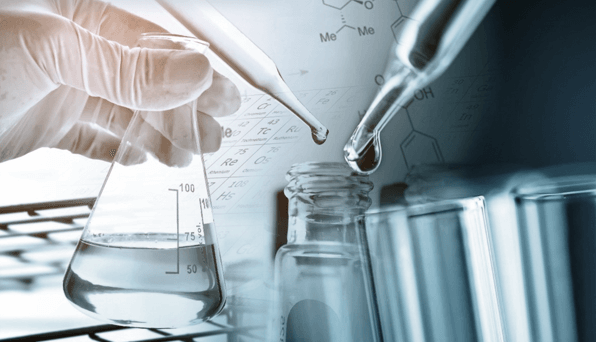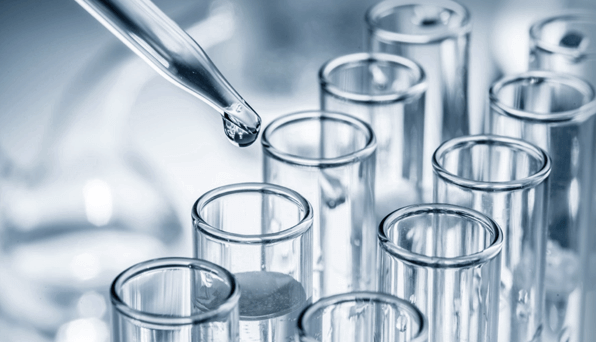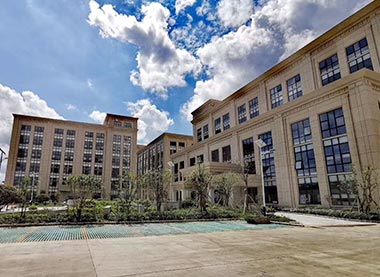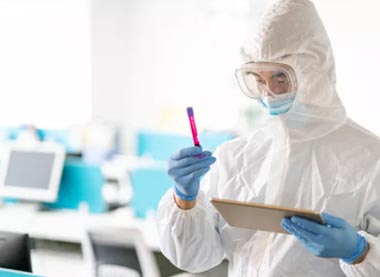Management of laboratory equipment
Laboratory testing equipment is an indispensable resource for the laboratory to carry out normal testing activities. How to use and manage the testing equipment of the laboratory well, the author believes that the management of the equipment should be done from the following aspects.1 Equipment configurationThe laboratory must be equipped with all the equipment required for the correct inspection, and the key inspection equipment that affects the accuracy of the inspection results must be the laboratory's own equipment. The laboratory submits an application for the purchase of measurement and inspection equipment in accordance with the inspection requirements, and purchases in accordance with the procurement procedures. When laboratories need to use equipment outside their permanent control, they must ensure that they meet laboratory management requirements and accreditation criteria.2 Identification of the equipmentEach equipment and software used for inspection and affecting the results shall be uniquely identified. All equipment under the control of the laboratory that needs to be calibrated, as long as feasible, should use labels, codes or other identifications to indicate the calibration status, including the date of last calibration, recalibration or expiration date. All reagents prepared in the laboratory (including pure water) must be labeled, and the necessary information such as ingredients, concentration, solvent (except water), preparation date, and expiration date should be marked according to the applicable situation.3 Verification of equipmentThe equipment and its software must meet the required accuracy and meet the requirements of corresponding inspection specifications. The key quantity or value of the instrument that has a significant impact on the result requires a calibration plan. The equipment needs to be calibrated or checked before being used for testing to verify that it can meet the laboratory's specifications and corresponding standard specifications. The equipment needs to be checked and calibrated before use. If equipment calibration produces a set of correction factors, the laboratory should ensure that all backups of the equipment (such as backups in computer software) are updated correctly.4 Authorized use of equipmentThe equipment must be operated by authorized personnel. The latest version of the instructions for the use and maintenance of the equipment (including the relevant manuals provided by the equipment manufacturer) should be easy for users to read.5 Equipment filesThe laboratory shall establish equipment files and keep records of each equipment and its software that have an important impact on the inspection.The equipment file should include at least:a) Identification of equipment and its software;b) Manufacturer's name, type identification, serial number or other unique identification:c) Check whether the equipment meets the specifications;d) Current location (customized area, storage location, etc.);e) The manufacturer's instructions (if any), or specify its location;f) Dates, results and copies of all calibration reports and certificates, equipment adjustments, acceptance criteria and scheduled dates for the next calibration;g) Equipment maintenance plan, and the maintenance carried out (at the time); h) Any damage, malfunction, modification or repair of the equipment.


















